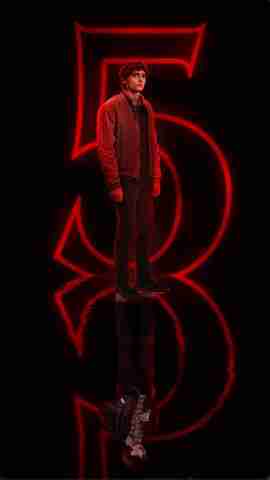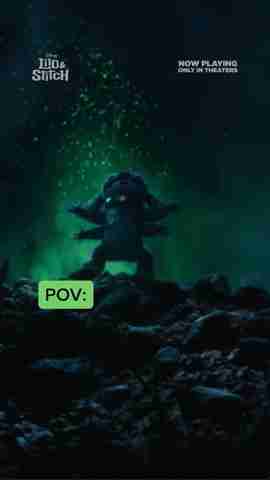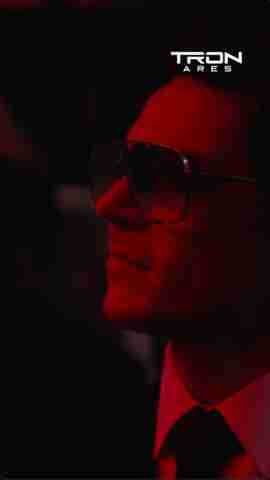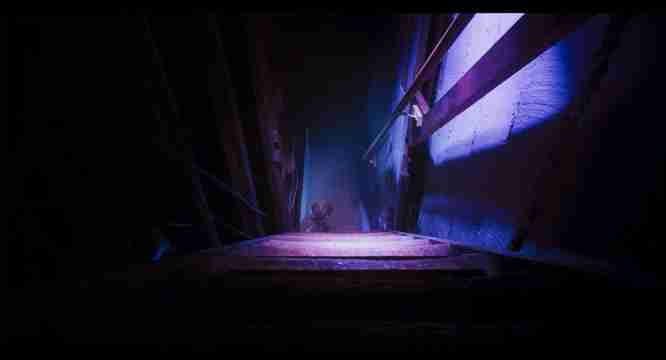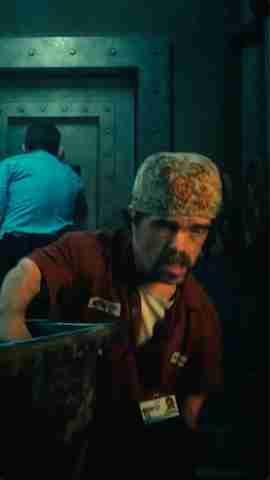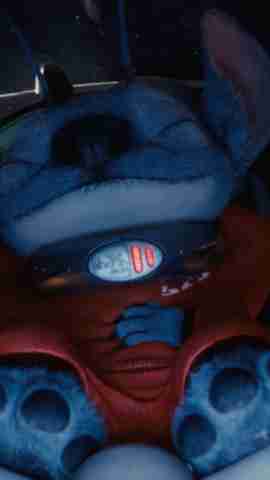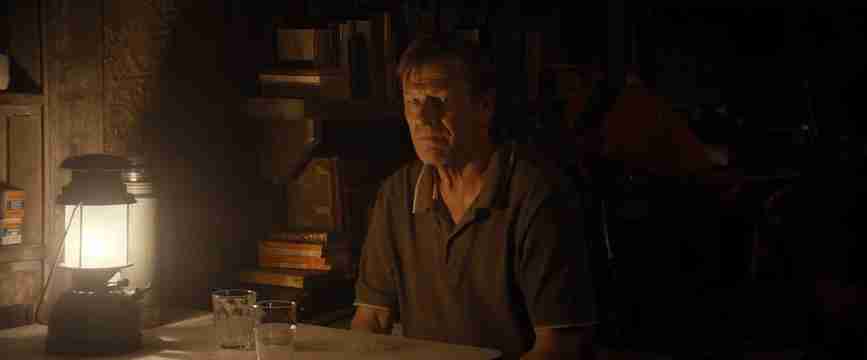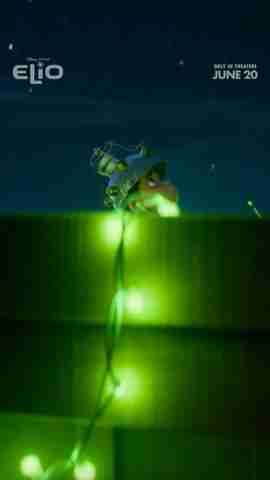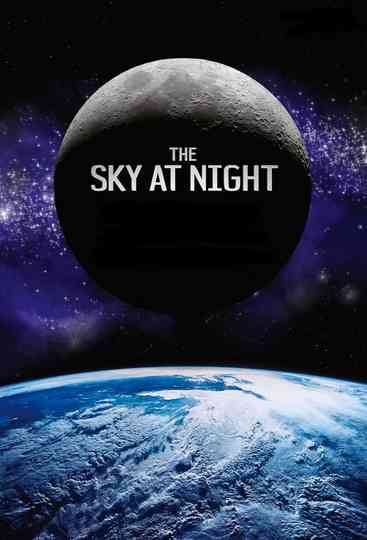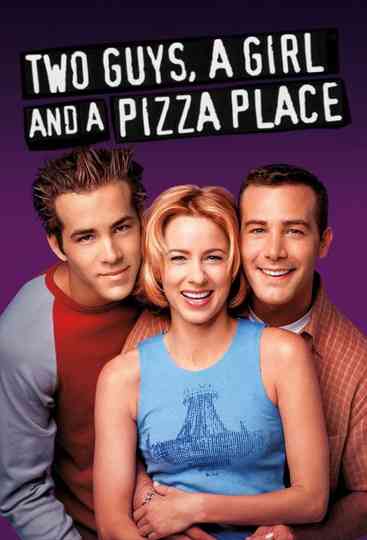1976 Episodes
1. The Changing Face of Mars
The planet Mars is brilliantly visible in the sky at the moment. It has always been regarded as the one planet beyond earth upon which life might exist, and in 1976 we could find out at last. Two American rockets, the Vikings, are now on their way to the Red Planet, and should land there next summer, transmitting information from the Martian surface. Patrick Moore and Dr Garry Hunt look forward to what the Viking probes may tell us.
2. The Pole Star
Everyone has heard of the Pole Star - but how many people can find it, or know its importance? From his observatory at Selsey, Patrick Moore talks about this huge, remote sun which has served to guide navigators for so many centuries.
3. Black Holes in Space
What is a Black Hole? Nobody can yet be sure; it may be the final state of a very massive star which has collapsed, surrounding itself with a ' forbidden zone' from which not even light can escape. Patrick Moore discusses these remarkable objects, which have become so important in modern astronomy, with lain Nicolson of Hatfield Polytechnic Observatory.
4. The Rings of Saturn
The rings, easily visible with a small telescope, are now better displayed than they will be for some years to come. Patrick Moore talks about Saturn and describes what the American spacecraft Pioneer 11 may tell us when it by-passes the ringed planet in 1979.
5. The Sun and the Earth
The Sun sends us its light and heat, but it has many other effects on the earth too. It raises tides; it produces the lovely Polar lights; it has long-term effects on plant growth - and its variations may even cause ice ages. Patrick Moore and Dr Ron Maddison of Keele University discuss some of these lesser-known effects of the Sun on the Earth.
6. Neutron Stars
Pulsars are among the most incredible objects known to man. They are composed of neutrons and are so dense that a pin's head of neutron star material would weigh as much as an ocean liner. Discovered as recently as the late 60s, neutron stars are of great and increasing interest to astronomers and valuable information on X-ray pulsars has been obtained from the instruments aboard the British satellite, Ariel 5. Patrick Moore talks about pulsars to Jocelyn Bell Burnell who was involved in their discovery.
7. Viking to Mars
Patrick Moore discusses the results of this historic mission with two leading experts Professor Geoffrey Eglinton and Dr Garry Hunt.
8. Viking on Mars
The first spacecraft to land successfully on Mars has started its programme of research. America's Viking 1 is now standing on the Martian surface, sending back information direct from that strange, rugged landscape. For the first time we have been able to see close-range views from the one world in the solar system which has always been regarded as being possibly able to support life. To give the latest news about Viking and the search for life on Mars, Patrick Moore is again joined by Professor Geoffrey Eglinton and Dr Garry Hunt.
9. How Far Can You See?
Patrick Moore brings news on the Viking missions to Mars and asks How Far Can You See? With the naked eye one can see 12 million, million, million miles. Patrick Moore talks about these tremendous stretches of space and time in relation to our present efforts to explore the Solar System.
10. Viking - The End of the Beginning
Mars has been reached. Both Vikings have not only landed successfully but have sent back information which is as exciting as it is unexpected. Now that the first results have been studied, we are able to give a realistic picture of Mars, and Patrick Moore , Professor Geoffrey Eglinton and Dr Garry Hunt sum up our new ideas about the Red Planet.
11. A New Look from Old Greenwich
For many centuries Greenwich Observatory was the world's leading astronomical establishment, and it marks the 'zero for longitude', dividing the world into two hemispheres. More than 20 years ago, the telescopes were shifted to the clearer skies of Sussex; but now the largest of the old telescopes, the 28-inch refractor, has been brought back and is in full operation once more. Patrick Moore and Dr Percy Seymour, of the National Maritime Museum, discuss this new development, and explain the modern role of the Greenwich refractor, which is still the largest telescope of its kind in the British Isles.
12. Quasars - the Remotest Objects in the Universe?
In 1963 astronomers identified ' quasars ' - star-like objects which were held to be the most remote and the most luminous ever seen. There have been doubts about the accuracy of these estimates, but new research indicates that it is correct. Patrick Moore talks to Dr Simon Mitton , of Cambridge University, about these strange objects which may well lie very close to the edge of the observable universe.
13. The Evening Star
This winter Venus is a brilliant object in the evening sky. It is very like the Earth in size and mass, and until the Space Age it was thought to be capable of supporting life in some form. Nowadays we know that Venus is a hostile world, but there are still many questions to be answered. Patrick Moore talks about this strange planet, and describes the latest studies which confirm that Venus has a heavily cratered surface.
